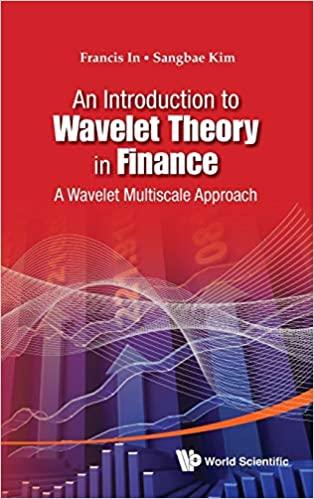please round all numbers to two decimal places. Thank you!

Data Table (Click on the icon located on the top-right corner of the data table below in order to copy its contents into a spreadsheet.) Year 2019 2018 2017 2016 2015 Earnings per share $4.64 $4.51 $3.56 $3.05 $3.37 Year 2014 2013 2012 2011 2010 Earnings per share o $3.55 $1.97 $1.79 - $1.92 $0.31 Print Done Alternative dividend policies Over the last 10 years, a firm has had the earnings per share shown in the following table: B. a. If the firm's dividend policy were based on a constant payout ratio of 40% for all years with positive earnings and 0% otherwise, what would be the annual dividend for 2011? b. If the firm had a dividend payout of $1.00 per share, increasing by $0.10 per share whenever the dividend payout fell below 50% for two consecutive years, what annual dividend would the firm pay in 2011? c. If the firm's policy were to pay $0.50 per share each period except when earnings per share exceed $3.00, when an extra dividend equal to 80% of earnings beyond $3.00 would be paid, what annual dividend would the firm pay in 2011? d. Discuss the pros and cons of each dividend policy described in parts a through c. . a. If the firm's dividend policy were based on a constant payout ratio of 40% for all years with positive earnings and 0% otherwise, the annual dividend for 2011 is $ (Round to the nearest cent.) Data Table (Click on the icon located on the top-right corner of the data table below in order to copy its contents into a spreadsheet.) Year 2019 2018 2017 2016 2015 Earnings per share $4.64 $4.51 $3.56 $3.05 $3.37 Year 2014 2013 2012 2011 2010 Earnings per share o $3.55 $1.97 $1.79 - $1.92 $0.31 Print Done Alternative dividend policies Over the last 10 years, a firm has had the earnings per share shown in the following table: B. a. If the firm's dividend policy were based on a constant payout ratio of 40% for all years with positive earnings and 0% otherwise, what would be the annual dividend for 2011? b. If the firm had a dividend payout of $1.00 per share, increasing by $0.10 per share whenever the dividend payout fell below 50% for two consecutive years, what annual dividend would the firm pay in 2011? c. If the firm's policy were to pay $0.50 per share each period except when earnings per share exceed $3.00, when an extra dividend equal to 80% of earnings beyond $3.00 would be paid, what annual dividend would the firm pay in 2011? d. Discuss the pros and cons of each dividend policy described in parts a through c. . a. If the firm's dividend policy were based on a constant payout ratio of 40% for all years with positive earnings and 0% otherwise, the annual dividend for 2011 is $ (Round to the nearest cent.)








